14 Quiet Signs It’s Time to Let Go of a Sick Pet
Saying goodbye to a beloved pet is something most people hope they never have to face. Yet for those caring for a sick animal, the signs often show up in quiet, easily overlooked ways. While no checklist makes it easier, knowing what to look for can help you choose compassion when the time comes.
Choosing Solitude Over Snuggles

Credit: Canva
Many animals prefer to be alone when they don’t feel well, a behavior rooted in instinct. They hide their weakness to avoid predators and prefer slipping off to nap alone. It’s not a personality shift, but could be a quiet sign they’re preparing for what comes next.
Refusing a Treat They’d Usually Mug You For
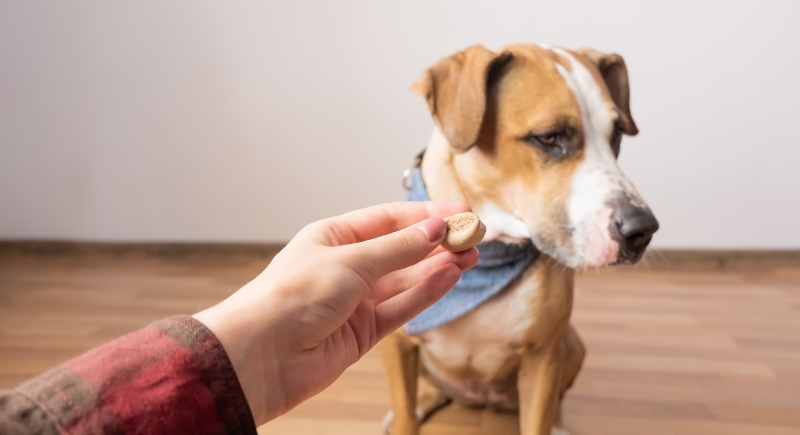
Credit: Getty Images
Appetite is regulated by the hypothalamus, which can be affected when the liver or kidneys fail. If a dog passes up peanut butter or a cat ignores tuna, it’s often more than being finicky. Hospice veterinarians say food refusal is one of the most reliable signs.
Staring Into Corners or Seeming “Lost”

Credit: Canva
When pets seem stuck in corners, pace aimlessly, or stare into nothing, they may be experiencing cognitive dysfunction, which is basically doggy or kitty dementia. It affects an estimated 14% of dogs over age eight. Confusion, disorientation, and night-time restlessness are subtle but add up.
Hesitating Before Lying Down or Getting Up
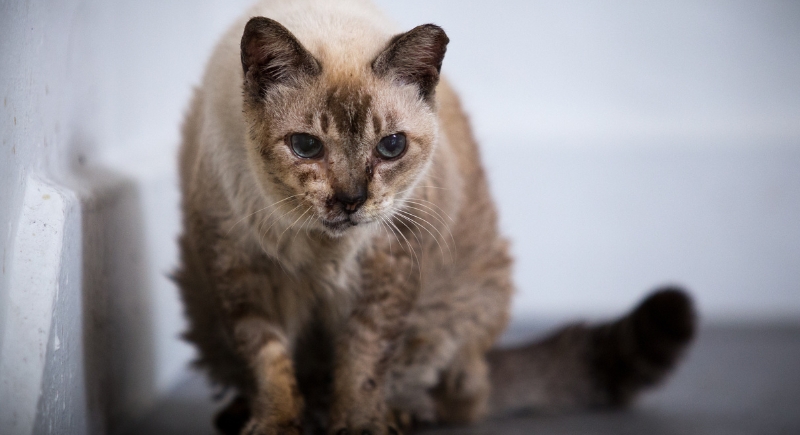
Credit: Getty Images
It’s not always dramatic limping—sometimes, the only clue is a slow, careful effort to change position. Pain in the hips, spine, or joints often shows up in these everyday movements. If lying down takes several tries or standing requires momentum, it’s worth noting how much effort they’re quietly spending.
Bathroom Accidents in Strange Places

Credit: pixelshot
Incontinence, especially paired with lethargy, can point to a failing bladder or bowel control. Interestingly, the hormone changes accompanying kidney failure may also disrupt bathroom habits. Keep in mind that shame-free accidents are common in ailing pets and often signal that their systems are overwhelmed.
Pulling Away From Touch in One Specific Spot
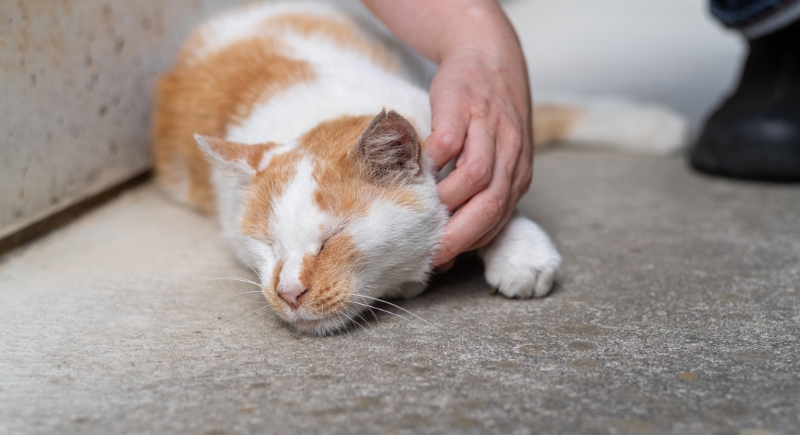
Credit: Getty Images
Tumors, dental abscesses, or herniated discs often start with this kind of reaction. Animals are built to hide pain (a leftover survival trait from their wild ancestors), so even a subtle pull-away is their version of saying, “Please don’t touch—I’m hurting.”
No Longer Greeting You at the Door
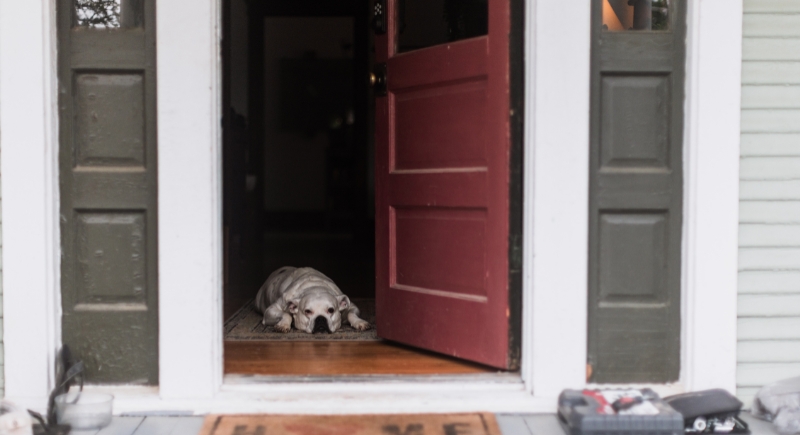
Credit: pexels
A pet that stops coming to greet you is often telling you something’s wrong. Most animals crave connection and routine, so when that familiar welcome fades, pay attention. It’s not about mood or age—it’s a signal that their world has changed. Step back and watch for other shifts. This one rarely happens without reason.
Breathing That Sounds More Like a Struggle

Credit: Getty Images
Some signs are more physical than behavioral. As illness progresses, many pets begin breathing with effort, flared nostrils, visible abdominal movement, or long pauses between breaths. In conditions like heart failure or lung tumors, shallow or labored breathing becomes the new normal.
Trembling Without Obvious Cause
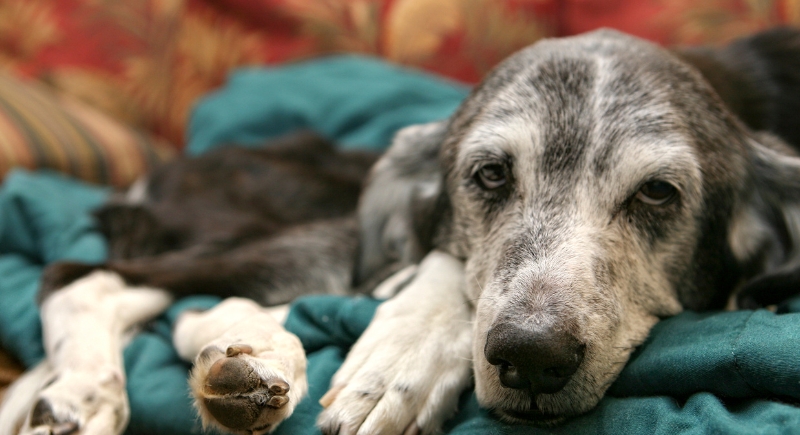
Credit: Getty Images
Dogs, especially, may shake from nausea, pain, or metabolic imbalances like low blood sugar. What looks like a shiver could be their body’s way of expressing distress. Keep in mind that tremors at rest are rarely normal and tend to increase as the body weakens.
Snapping or Growling Out of Nowhere
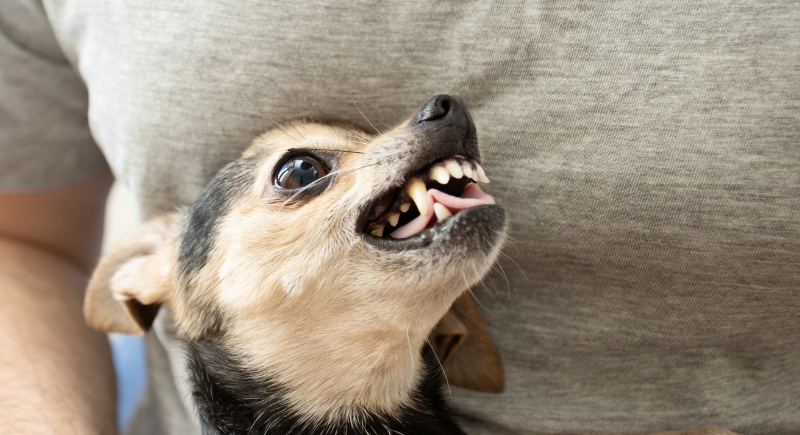
Credit: Getty Images
Pain can trigger defensive behavior, especially if they feel vulnerable or cornered. Aggression can also result from cognitive decline or a neurological disorder. In fact, one veterinary study found that more than 50% of behavior changes in elderly dogs are tied to medical conditions, not training issues or temperament.
Eyes That Appear Sunken or Glossy
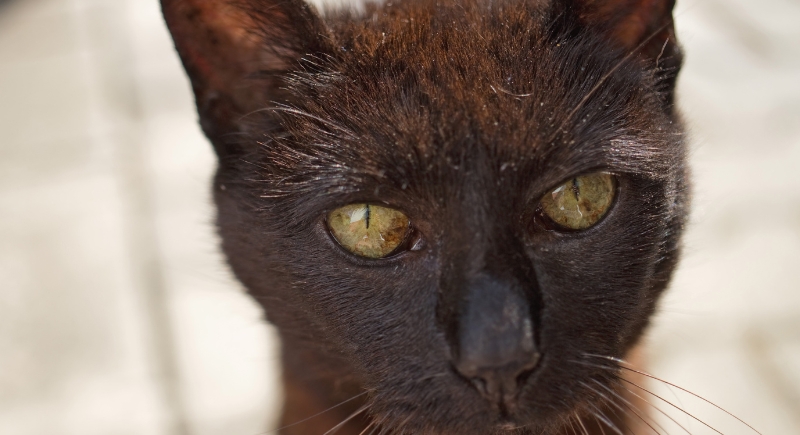
Credit: Getty Images
If your pet’s eyes look sunken or strangely glossy, it’s usually a physical red flag. Dehydration often causes the eyes to recede, while a fixed or glassy stare can point to pain or exhaustion. Cats especially show discomfort in their eyes, sometimes squinting or avoiding light when they’re not feeling well.
Drooling for the First Time in Years
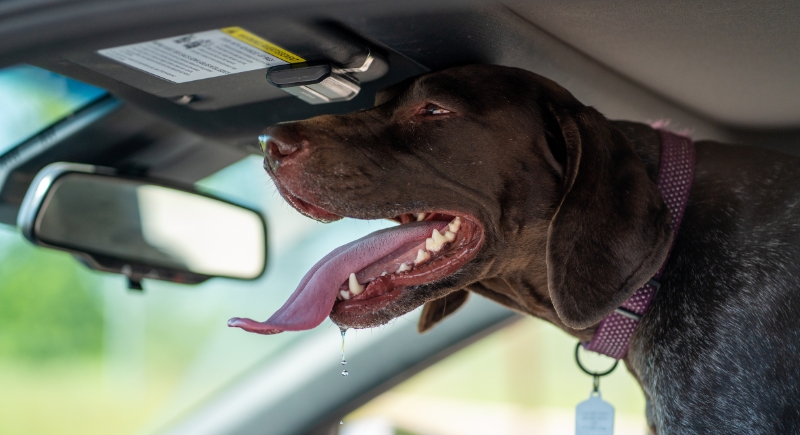
Credit: pexels
Some animals salivate when nauseated or in discomfort. If your pet isn’t a drooler and suddenly starts leaving wet patches on blankets or the floor, it could signal anything from dental decay to liver disease. In cats, excessive salivation is often tied to oral tumors or end-stage kidney disease.
Turning Down a Game They Used to Love
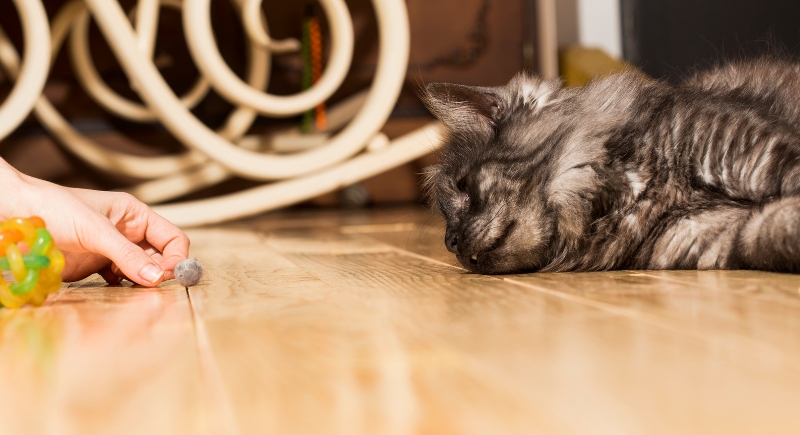
Credit: Getty Images
Play behavior is a health marker. Dogs that stop bringing the ball or cats that ignore the feather wand may be doing so because it physically hurts, or they’re too tired to try. According to behaviorists, a loss of curiosity in pets is usually linked to discomfort, not boredom.
Whining Softly While Resting

Credit: Canva
Some pets begin making low, rhythmic whines or gentle groans when lying still. Pain that shows up at rest may be more chronic than acute. Vets often say these soft sounds go underreported, especially at night when the house is quiet.
Your Vet Stops Talking About Treatments

Credit: Canva
When your vet shifts the conversation from “next steps” to “keeping them comfortable,” that’s often the clearest signal. Not every problem has a fix, and sometimes just sitting with that reality is part of the process. A good vet will let you know when options are running thin.